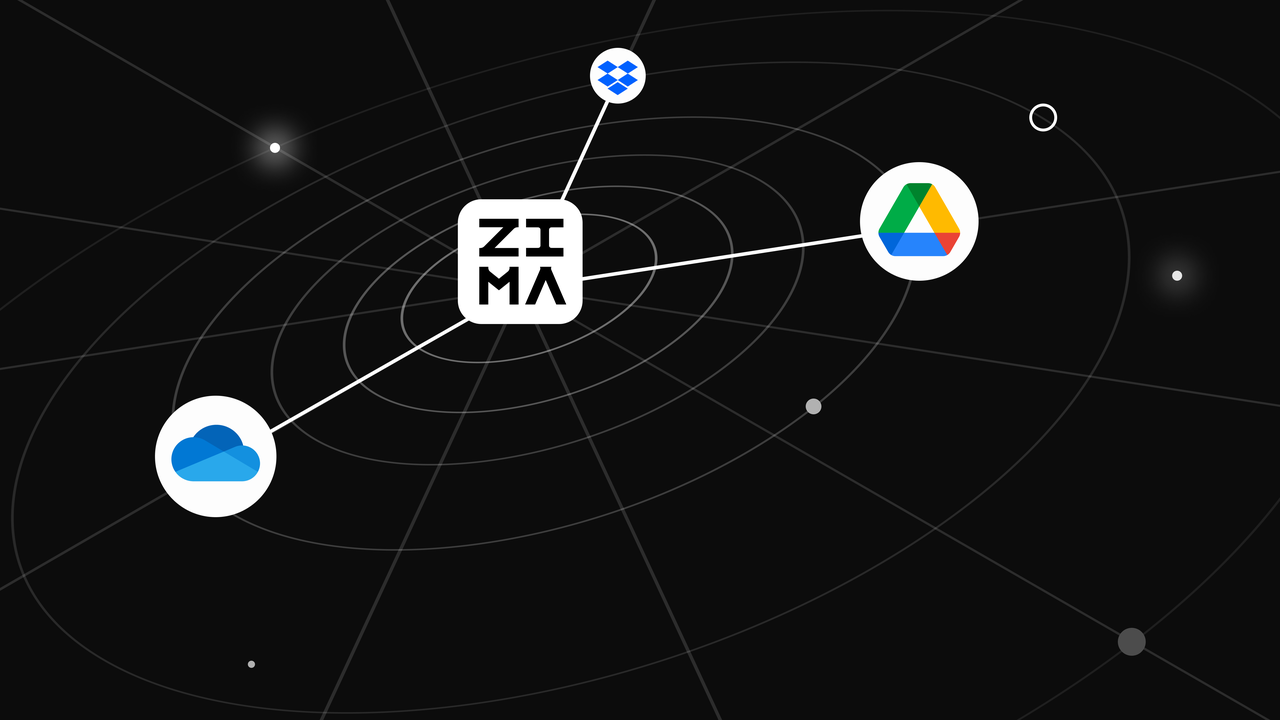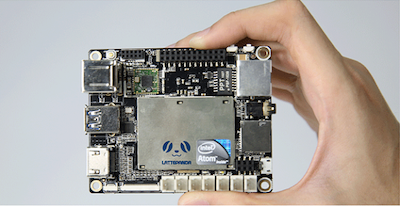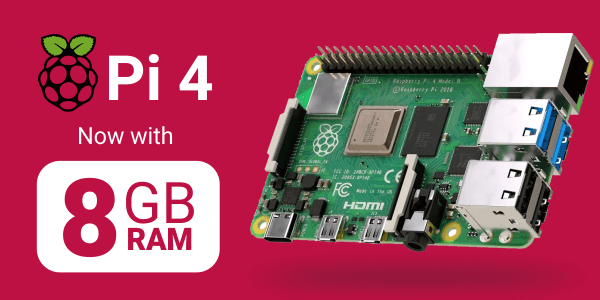Reviews
Insights and Lessons from Raspberry Pi’s History
John Guan - Mar 31, 2023
After discussions with our team, we plan to start writing some articles on Single Board Computers, small servers, NAS, and Firewall products. We aim to learn from past excellent products, gain new insights, and continuously create outstanding micro servers from the perspective of personal cloud development, pushing forward the vision of Icewhale.
The first and undoubtedly most symbolic product in the SBC industry is the Raspberry Pi. I remember the first time I met Eben Upton was during an offline event where he shared his vision for the education industry and how he started to make a cheap & compact computer in 2006. I was greatly shocked and influenced by it, which led me to create my first x86 product, Lattepanda.
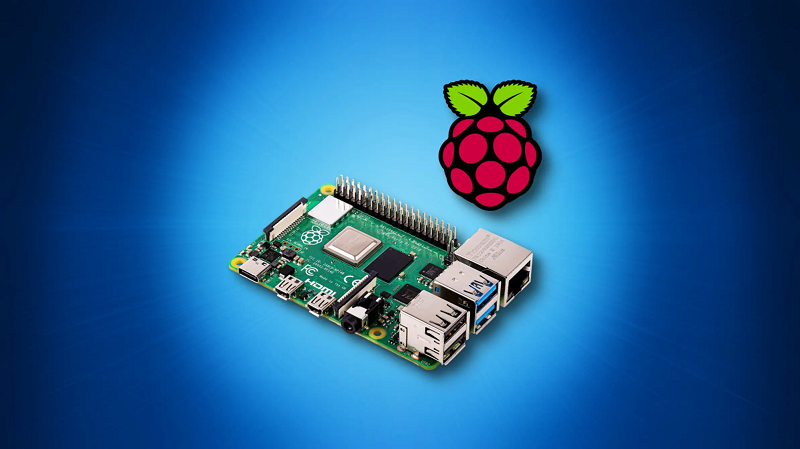
I believe that all success cannot be separated from several elements of the founding team: unique insights into the future, persistence, continuous hard work, and opportunities.
Part 1: Insights and Opportunities from Raspberry Pi
Part 2: Pros and Cons of Raspberry Pi 4B
Part 3: Raspberry Pi vs ZimaBoard as a Personal Server
Part 4: Personal cloud OS compatible with Raspberry Pi – CasaOS
Part 5: Conclusion and Inspiration from Raspberry Pi
Part 1: Insights and Opportunities from Raspberry Pi
During an interview at the Centre for Computing History, Upton shared in detail his story of how he started DIY-ing a small computer before 2006, and how this idea organically grew within MIT and Cambridge. With his unique career experience and interactions with Broadcom, this idea gradually became the outstanding product that has influenced the world today.
I think that Upton’s observation is that even after more than 40 years of rapid development, the computer industry is still too expensive, which greatly hinders the accessibility of the education system and allows more people to use PCs, especially kids.
When the Raspberry Pi exploded onto the global DIY, education, and industry application scene in 2012, it continued to iterate and innovate more products, such as the Zero, Compute Module, and the recently released Pico, along the same observation and thought.
Therefore, I believe that the core spirit of Raspberry Pi is to democratize computers and make them accessible to everyone. However, I think the keyword that exceeded the team’s expectations is “emergence”. Just like the process of new technologies and products penetrating the market, the $25 small computer naturally attracted a lot of attention at first.
At that time, I had just started working as a robot practitioner and began to use Raspberry Pi to build my own robot control system.
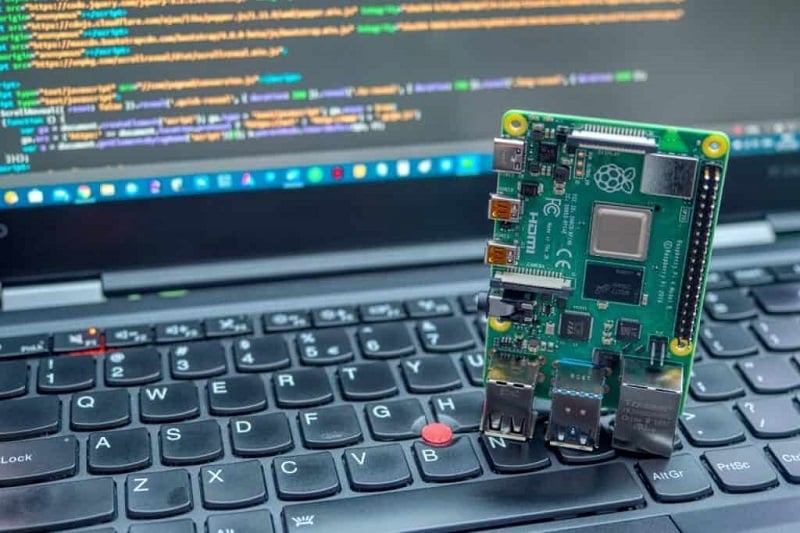
Part 2: Pros and Cons of Raspberry Pi 4B
Compared to its predecessor, Raspberry Pi 4 continues the trend of iteration from the past few years and upgrades to a 1.5GHz A72 quad-core processor. Additionally, the product line now includes an 8-core version priced at $75. Although the COVID-19 pandemic has caused chaos in the computer industry’s market prices.
Pros:
- Raspberry Pi offers low-cost options ranging from $35 to $75.
- Raspberry Pi has a rich ecosystem of content with a large community, extensive documentation, and self-generated support.
- The general performance of Raspberry Pi is suitable for large-scale scenarios.
Cons:
- Limited computing power
- Limited memory and storage – instability and uncertainty caused by MicroSD
- Hidden costs of necessary peripherals such as storage and power supply lead to cost increases.
With the development of the past decade, the entire Raspberry Pi ecosystem has excelled in terms of content, peripherals, and community support. In my opinion, the design of the Raspberry Pi’s GPIO is ingenious because, from the perspective of PC industry development, there has been little demand for GPIO.
The most common GPIOs on PC motherboards are front panel buttons, storage extensions, BIOS debugging interfaces, and so on. Therefore, GPIO is a stroke of genius, and its emergence is closely related to the teaching and tinkering needs that the Raspberry Pi team wanted to provide.
Moreover, because of the design of GPIO, Raspberry Pi can be fully compatible with robots, IoT, and various diversified applications and expansion cards with a standard, single expansion space.
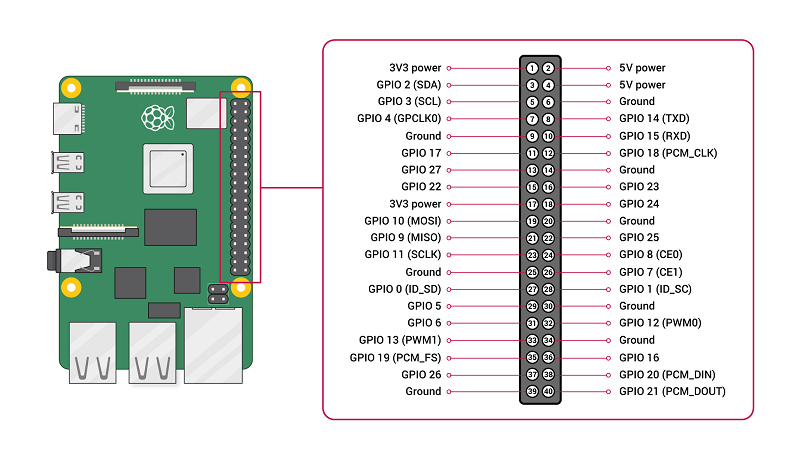
From a disadvantageous perspective, it undoubtedly depends on your application scenario. The limitations of computing power, storage, and memory have always restricted the Raspberry Pi to low-computing power scenarios, which is also the main differentiating direction for other mainstream market products to enter the market, and ZimaBoard is no exception.
In relatively serious industry applications, I believe that the design of MicroSD brings significant uncertainty and stability issues. Furthermore, when you truly want to provide a solution or kit for the Raspberry Pi, the rise in peripheral costs makes the overall price of the Raspberry Pi not as cheap as it seems.
Part 3: Raspberry Pi vs ZimaBoard as a Personal Server
Zima’s team focuses on applications related to personal servers, as the applications of Raspberry Pi are very diverse. Examples include deploying a personal website, using Raspberry Pi for website server development and deployment learning, and installing software such as Apache, Nginx, and Lighttpd.
Additionally, Raspberry Pi can be used to set up a local file-sharing server with Samba. In addition to these development-oriented applications, smart homes and network security are also two very expandable application scenarios.
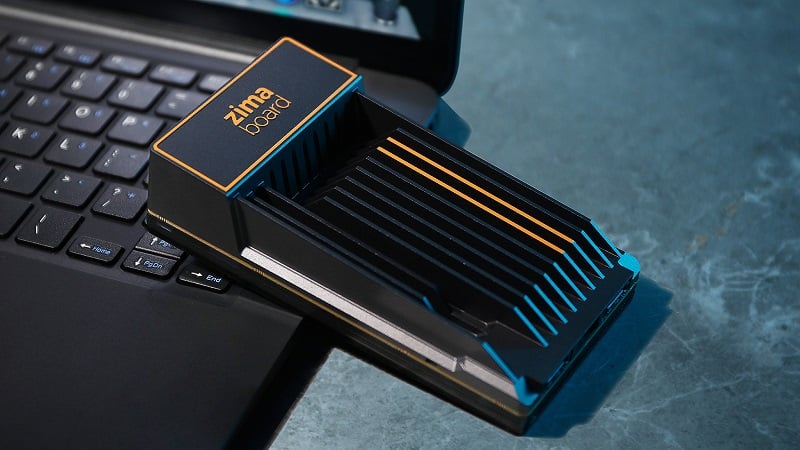
Based on the performance requirements for bandwidth and computing power in these scenarios, the Zima team has developed the first-generation ZimaBoard product, aiming to enhance storage read/write, network, and data processing performance on microservers.
ZimaBoard utilizes an Intel Celeron processor, which enables it to be perfectly compatible with various operating systems, including Debian, Ubuntu, Pfsense, and OpenWrt. We also noticed that some developers like to experiment with systems such as PVE and Mikrotik.
The onboard PCIe interface also provides ample space for expansion for networking, storage, and other types of applications. With expandability of up to four 2.5GbE, 10GbE, or the most standard 4-channel Gigabit Ethernet ports, it can flexibly meet different users’ imaginations for a customizable firewall.
Part 4: An elegant personal cloud OS compatible with Raspberry Pi – CasaOS
To further reduce the difficulty of enthusiasts building personal servers and optimize the experience of managing home server applications, we open-sourced the CasaOS personal cloud system last year, which is now based on the second layer of Debian. With CasaOS, you can deploy over 30 Docker applications with one click and visualize the configuration of all ports and resources. Building a personal cloud can be done with a single command, and more importantly, it is compatible with Raspberry Pi, NUC, and various x86 systems.
Part 5: Conclusion and Inspiration from Raspberry Pi
Minimize the cost of Saas and AI models used at the Edge
As an iconic product in the SBC market, the Raspberry Pi offers us many valuable lessons. At Icewhale Technology, our ambition is to bring cloud computing capabilities to everyone, making Saas and AI services accessible at low cost at the edge, without the need for software companies to pay exorbitant subscription fees.
Equally important is the need for openness and transparency. We devote significant time and effort to something we believe in and continually engage with the community to share our development progress and new insights.
We invite all those interested in the personal cloud industry to join us on our DiscordCommunity and help drive the industry to the next level, enabling a greater range of high-quality applications and services to emerging in the personal cloud ecosystem.
